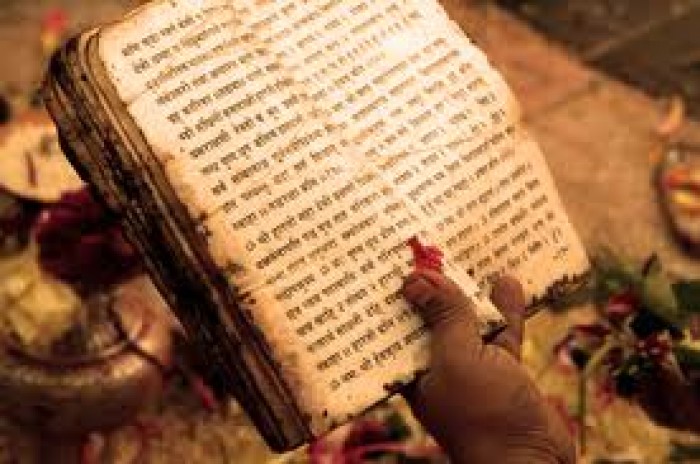 Submitted by INDIA - Exec. Admin. on
Submitted by INDIA - Exec. Admin. on

By Victor Epand
Vedic Sanskrit is the language in which all the vedic literatures are written. It is said to be the language of the denizens of heaven. Vocabulary, grammar and syntax make the understanding of Vedic Sanskrit difficult. Classical Sanskrit is said to be derived from Vedic Sanskrit. Vedic Sanskrit is the language of the Vedas, a large variety of hymns, incantations, 'theological' discussions which are the earliest religious texts of the Vedic culture. Modern linguists consider the metrical hymns of the Rig veda to be the earliest, composed by many sages over centuries and passed down to disciples through hearing process. The "end" of the Vedic era is marked by the composition of the Upanishads, which form the concluding part of the Vedas. Nowdays, belief is that the Vedic Sanskrit survived until the middle of the first millennium BCE. After that many other languages and religions sprouted marking the beginning of the modern era.
Classical Sanskrit
Vyasadev is the compiler of the Vedas and literatures like the Ramayana and Mahabharata generally known as itihasas. However the form of sanskrit Vyasadev used in the itihasas is slightly different from the one he used in the Vedas. As it was passed on through the disciplic succession, the style kept changing but without deviating from the true meaning of the texts. The deviations are generally considered to be on account of interference from Prakrits, or "innovations". Traditional Sanskrit scholars call such deviations aarsha, or "of the rishis", the traditional title for the ancient sages who spoke transcendental literatures. There is also a language called "Buddhist Hybrid Sanskrit" by scholars, which is of course found in Buddhist prakrit texts and gradually evolved to various forms of Sanskrit, some with more deviations than the others. According to Tiwari ([1955] 2004), there were four principal dialects of classical Sanskrit, pascimottari (Northwestern), madhyadesi (lit., middle country), purvi (Eastern) and daksina (Southern).
Writing System
Historically, Sanskrit was not associated with any particular script. The emphasis on passing the knowledge through the hearing process in the Vedic Sanskrit tradition was maintained through the development of early classical Sanskrit literature. When Sanskrit was composed, the system of writing was influenced by the surrounding scripts of the scribes. As such, almost all of the main literature and writing systems of South Asia have been used for the production of Sanskrit manuscripts. Later at the end of the 19th century Devanagari became the main writing system for Sanskrit.
Grammatical tradition
Sanskrit grammatical tradition known as vyakarana, began in late Vedic India and ended in the astadhyayi of Panini, which are in total about 3990 sutras. After a century Panini composed the vartikas or Paninian sutras. Patanjali, who was born about three centuries after Panini, composed the mahabhasya, the "Great Commentary" on the astadhyayi and vartikas. Because of these three ancient sages this grammar is called Trimuni Vyakarana. To understand the meaning of sutras Jayaditya and Vamana composed the commentary named Kasika in 600 AD. Paninian grammar is based on 14 Shiva sutras (aforisms). Here, the whole Matrika (alphabet) is abbreviated. This abbreviation is called Pratyahara.
Verbs
Sanskrit has ten classes of ten forms of verbs divided into two main groups: athematic and thematic. The thematic verbs are so called because an a, called the theme vowel, is inserted between the stem and the ending. Every root has zero, guna, and vrddhi grades.
- 2073 reads